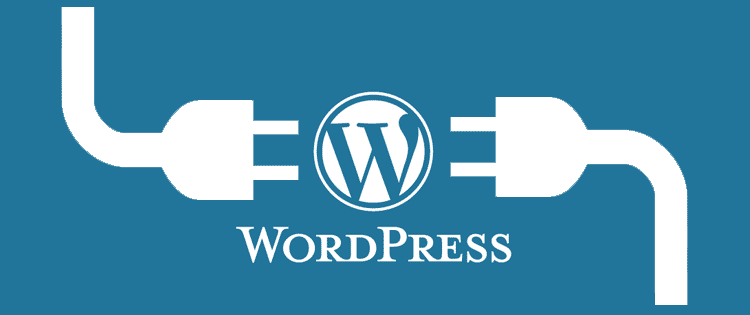
Are you familiar with the saying that website accessibility is not only determined by its codes, but by fast web hosting, the quality of contents, design, mobility, and other relevant factors which addresses the impairing issues that site users or visitors may encounter? Website accessibility is gradually becoming a field unto itself, and many establishments who would like to establish their online presence understand the need to make their website 100% accessible to every web user.
What is website Accessibility?
Web accessibility refers to the inclusive practice of removing barriers that prevent interaction with, or access to websites, by people with disabilities. When sites are correctly designed, developed and edited, all users have equal access to information and functionality.
Therefore, the need for website accessibility aims to address the following problems and barriers:
- Visual: This group comprises of individual website users who have low visions, poor eyesights, colorblindness or very blind.
- Motor/Mobility: This group comprises of website users who are unable to use their hands due to muscle slowness, lack of muscle control caused by sicknesses like stroke, Parkinson’s disease, cerebral palsy or muscular dystrophy.
- Auditory: This includes individuals who have hearing impairments such as deafness.
- Seizures: This includes individuals that are photo sensitive, and whose epileptic seizures may be triggered by visual strobes or flashing effects.
- Cognitive/Intellectual: This comprises of individuals with memory development disabilities, cognitive disabilities and learning disabilities.
Ways to create an Accessible WordPress website
Having understood what website accessibility stands for, it is pertinent to learn the 5 most salient ways to make your website more accessible.
- Utilize content management systems that support accessibility: There are varieties of content management systems to utilize on your website; some of the popular ones include WordPress, Drupal, and many other options. If you chose WordPress as your CMS, you will need to choose a WordPress theme that has accessible content and layouts. You should also choose Modules, Plugins, and Widgets that are accessible.
- Use headings to organize your website contents: Website screen reader users utilize your website headings to navigate through your content. If the website content is strategically organized with correct headings, the screen reader users will be able to function properly when a site user requests website content. Hence, to ensure that your website heading is correctly arranges, you should ensure that:
- Every page has only one <h1> element.
- Every <h1> should represent the title of the page.
- Order your headings such that <h1> will come before <h2>….
- Do not skip the heading so that the screen reader users will not assume that some contents are missing.
- Provide Alternative text for Images: When images are used to promote the content of a website, you should ensure that the alt text to the image is provided so that the screen reader user can understand the information conveyed by the image in the page.
- Apply color with care: Most website designers and developers tend to find themselves in a dilemma when it comes to color usability. This is because you will need to use colors that are less offensive to your target audience, visible to the color blind and people with low vision, and beneficial to individuals with learning disabilities. Hence, choosing the best contrast of colors is the best way to promote your website accessibility.
- Ensure that your WordPress website content is accessible with keyboard alone: Some website users may not be able to use the mouse or trackpad, these include website users who are unable to use their hands due to muscle slowness, lack of muscle control caused by sicknesses like stroke, Parkinson’s disease, cerebral palsy or muscular dystrophy as we have describe above. Therefore, you should ensure that these users could access the content of your website through the arrow keys, mouth stick and single-switch inputs, for easy navigations.
The above guides will help you to address most of the challenges you will encounter concerning your website accessibility. Should you need more guidelines or enquiries, do leave us a comment or contact us directly.

Leave a Comment